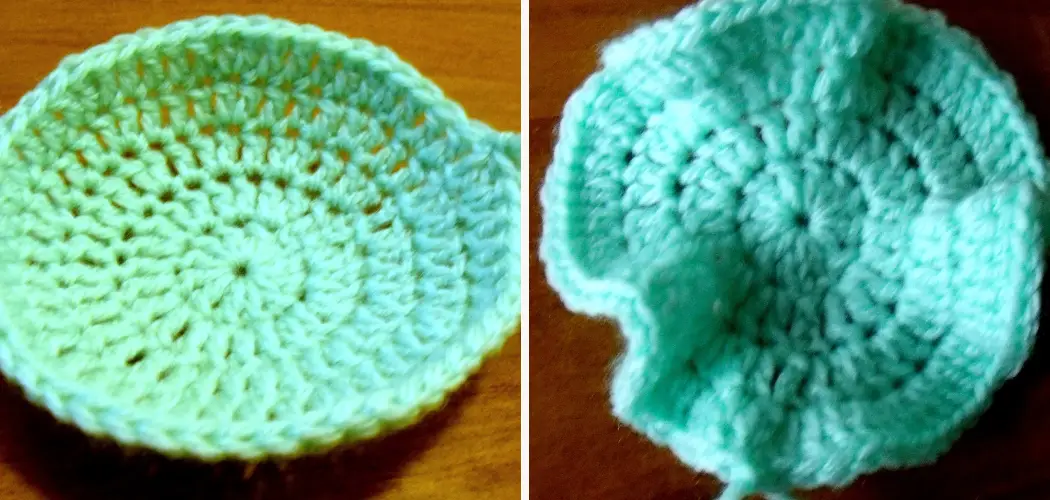Are you tired of seeing your beautiful crochet circles curling up and ruining the look of your project? Do you constantly struggle to fix this issue but can never seem to find a solution?
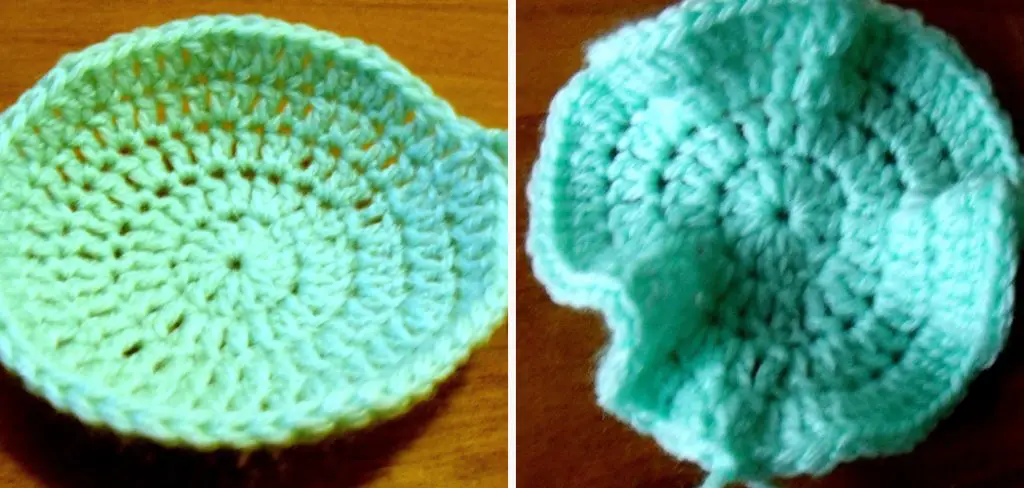
Well, fear not because in this blog post, we will be delving into the world of crochet circles and learning how to fix curling crochet circle that annoying curl once and for all. No more frustration or throwing away projects because they didn’t turn out as expected – with these tips and tricks, you’ll become a pro at fixing those pesky curled edges. So grab your hooks and yarn, it’s time to get rid of those curls!
9 Best Ways on How to Fix Curling Crochet Circle
1. Adjust Your Tension:
One of the main reasons why crochet circles tend to curl is because of uneven tension. This can happen due to a variety of reasons such as using the wrong hook size, not being consistent with your tension, or simply pulling too tightly on your yarn. To fix this issue, start by making sure you are using the correct hook size for your yarn and crochet pattern. Then, try to be mindful of your tension and keep it consistent throughout your project.
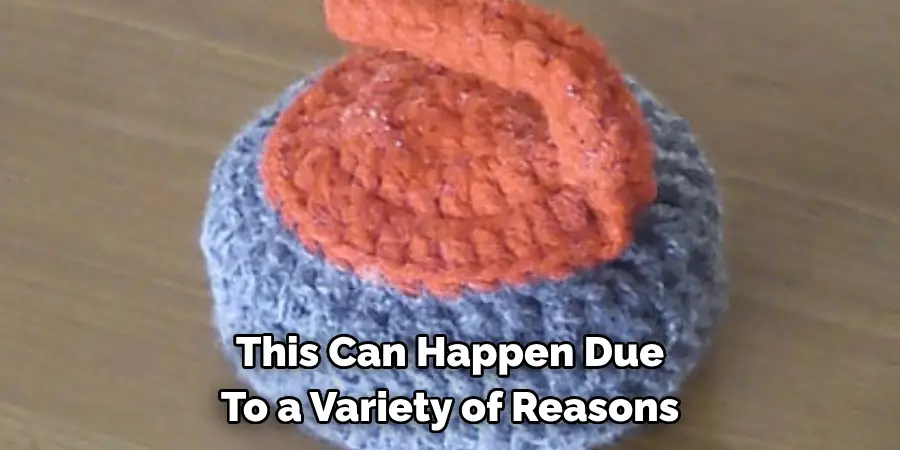
2. Use a Smaller Hook:
Sometimes, using a smaller hook can help decrease the curl in your crochet circle. This is because the smaller hook results in tighter stitches, which can counteract the curling effect. However, be careful not to make your stitches too tight as this may cause your project to become stiff and rigid. Using a smaller hook can also help create more defined and tighter circles, giving your project a neater look.
3. Block Your Work:
Blocking is a technique used to shape and stretch out crochet (or knitting) projects to make them even and symmetrical. It involves wetting your project and then pinning it down into the desired shape while it dries. This can help fix any curling issues and give your crochet circle a more polished look. There are different methods of blocking, such as steam blocking or wet blocking, so make sure to research which method works best for your project.
4. Add Increases:
Another issue that may cause curling in crochet circles is not adding enough increases. Increases are essential for creating a flat circle as they help maintain the shape and prevent the edges from curling inwards. If you find that your circle is still curling after adding increases, try adding them more frequently or use a larger increase stitch (such as double crochet instead of single crochet).
5. Use a Different Stitch:
The type of stitch you use can also affect the curliness of your crochet circle. Generally, tighter and smaller stitches (such as single crochet or half double crochet) tend to cause more curling than looser and larger stitches (such as double crochet or treble crochet). Experiment with different stitches to see which works best for your project.
6. Use a Thicker Yarn:
Another way to prevent curling in crochet circles is to use a thicker yarn. Thicker yarn means larger stitches, which can result in a flatter and less curled circle. However, keep in mind that using thicker yarn may also make your project bulkier and heavier. Using a thicker yarn can also help create a more defined and structured shape for your crochet circle.
7. Change Your Hooking Direction:
Sometimes, simply changing the direction you hook in can make all the difference. If you usually work clockwise, try working counter-clockwise on your next round. This change may seem small, but it can help prevent curling by altering the direction of your stitches. If you’re not sure which direction to work in, try experimenting with different directions until you find what works best for your project.
8. Use a Different Yarn Fiber:
The type of yarn you use can also affect how much your crochet circle curls. Natural fibers (such as wool or cotton) tend to be more rigid and structured, resulting in less curling. On the other hand, synthetic fibers (such as acrylic) can be more flexible and prone to curling. If your project is particularly susceptible to curling, try using a natural fiber yarn to help prevent it.
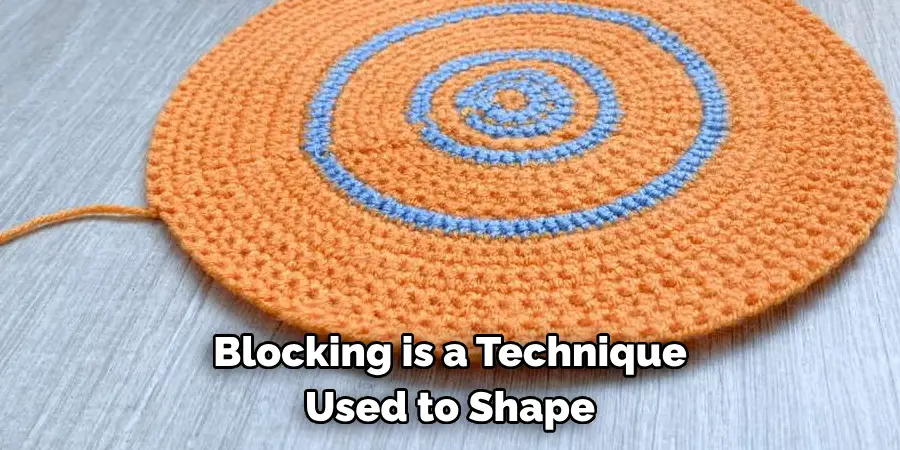
9. Add a Border:
If all else fails, you can always add a border around your crochet circle to hide any remaining curls. Borders not only add a decorative touch to your project but can also help flatten out any uneven edges. You can use a simple single crochet border or get creative and experiment with different border patterns. Adding a border can also give your project a more finished and polished look.
Following these tips and tricks, you should be able to fix any curling issues with your crochet circles. Remember to experiment and find what works best for your project – every crocheter’s tension and style is unique, so don’t be afraid to try different techniques until you find the perfect solution. With a little bit of patience and practice, those pesky curled edges will no longer be a problem, and you’ll be creating perfectly flat crochet circles in no time! Happy crocheting!
Additional Tips and Tricks to Fix Curling Crochet Circle
1. If your crocheted circles are curling, try switching to a smaller hook size. Sometimes using a larger hook can cause the edges of the circle to curl.
2. Another tip is to block your crochet circles. Blocking helps to reshape and flatten out the circle, preventing it from curling. To do this, you will need some pins and a flat surface – such as a foam board or ironing board. Simply dampen your crocheted circle, pin it into the desired shape, and then let it dry completely.
3. Adding a border to your crochet circle can also help to prevent curling. Adding an extra row or two of single crochet stitches around the edge adds weight to the circle and helps keep it flat.
4. Experiment with different yarns and tension to find the best combination for your crocheted circles. Certain types of yarn, such as cotton or acrylic, are less likely to curl than others.
5. Crochet stitches can also play a role in preventing curling. For example, using double crochet stitches instead of single crochet can help to keep the edges of the circle flat.
6. If you’re using a pattern, make sure to follow the instructions carefully. Simple mistakes, such as increasing or decreasing in the wrong spots, can cause your crochet circle to curl.
7. In some cases, adding a starch solution can help to prevent curling. You can find ready-made fabric stiffeners at craft stores, or make your own by mixing equal parts of glue and water. Lightly brush the solution onto your crocheted circle, reshape it if needed, and allow it to dry completely.
8. Finally, be patient and give yourself time to practice. Crocheting circles can be tricky, but with some patience and experimentation, you’ll find the perfect technique for preventing curling in your crochet circles.
Following these additional tips and tricks can help you fix the issue of curling crochet circles and achieve a perfect, flat result every time. Remember to always stay mindful of your yarn choice, hook size, and tension as they can greatly affect the outcome of your project. With some practice and persistence, you’ll become a pro at creating beautiful, non-curling crochet circles in no time! Happy crocheting!
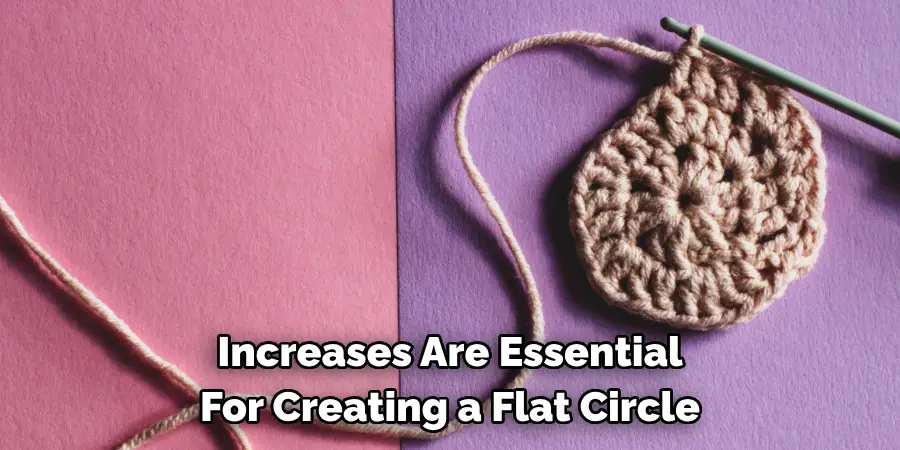
Frequently Asked Questions
What is Curling Crochet Circle?
Curling crochet circles is a common issue that crocheters face when creating circular projects. It refers to the edges of the circle curling inwards, making it difficult to lay flat or causing the project to lose its shape. This problem is especially common for beginners, but even experienced crocheters may encounter it from time to time.
What Causes Curling Crochet Circles?
The main cause of curling crochet circles is tension. When crocheting in the round, it’s crucial to maintain consistent tension throughout the project. Uneven tension can result in one side of the circle being tighter than the other, causing it to curl. Another factor that can contribute to this issue is using the wrong hook size for the yarn weight. If your hook is too small, the stitches may be too tight and cause the circle to curl.
How Can I Prevent Curling Crochet Circles?
The best way to prevent curling crochet circles is by practicing consistent tension while crocheting in the round. If you notice that your stitches are too tight or too loose, adjust accordingly to maintain even tension throughout the project. Additionally, make sure to use the correct hook size for the yarn weight suggested in the pattern. You can also try blocking your project after it’s finished to help flatten out any curling edges.

Conclusion
With the above outlined you can easily learn how to fix curling crochet circle by being mindful of your tension, using the correct hook size, and blocking your project if needed. Remember that practice makes perfect and with time and patience, you’ll be able to create beautiful circular projects without any curling issues. Happy crocheting!

